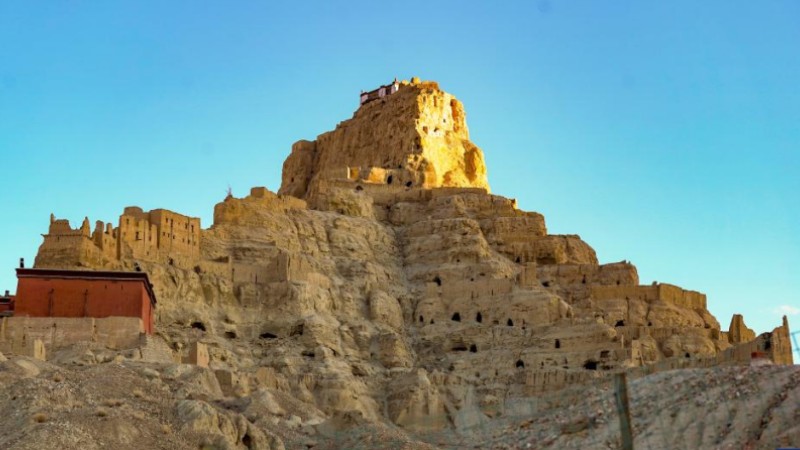China breathes new life into industrial heritage sites
Jingdezhen city in east China's Jiangxi Province, known as the country's porcelain capital, has revitalized its historic ceramic industry by preserving and strategically repurposing its industrial heritage sites into a ceramic cultural industry park.
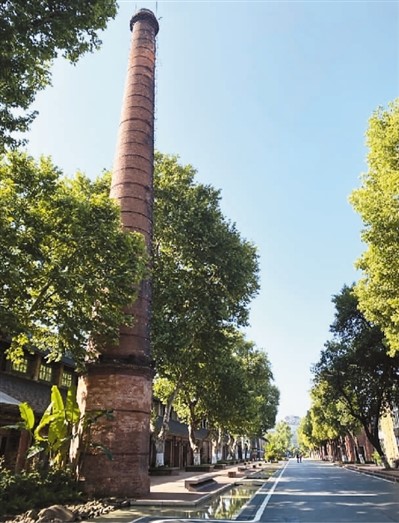
A photo shows a view of Taoxichuan, an industrial heritage site-turned ceramic cultural industry park in Jingdezhen city, east China's Jiangxi Province. (People's Daily Overseas Edition/Zhao Xiaoxia)
Presently, the park, named Taoxichuan, is home to a variety of cultural institutions, including the Jingdezhen Heritage of Ceramic Industry Museum, the Ceramic Art Avenue Art Gallery, the Ceramic Academy, and an international art center. Each of these venues, renovated from industrial heritage sites, attracts many visitors and serve as shining examples of how industrial heritage sites can be successfully transformed, thereby elevating China's cultural and creative industries.
Ten years ago, Jingdezhen began the construction of the ceramic cultural industrial park by refurbishing a former state-owned ceramic factory, where 22 old workshops with varying style structures and kilns were located. The city managed to preserve the original texture and appearance of the ceramic factory, which now forms the core area of Taoxichuan.
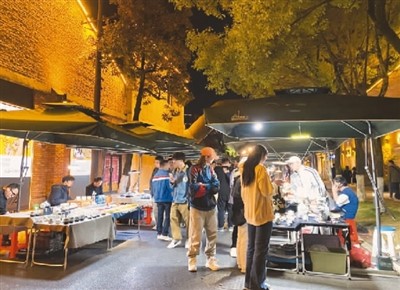
The creative porcelain market in Taoxichuan, an industrial heritage site-turned ceramic cultural industry park in Jingdezhen city, east China's Jiangxi Province. (People's Daily Overseas Edition/Zhao Xiaoxia)
In 2017, Taoxichuan's Jingdezhen Heritage of Ceramic Industry Museum received the 2017 UNESCO Asia-Pacific Award for Cultural Heritage Conservation for New Design in Heritage Contexts.
In 2020, Taoxichuan launched its second phase of development, focusing on the renovation of the other abandoned ceramic factory, which was converted into a unique space for education, art and business. Workshops and kilns built between the 1950s and 1980s, along with other disused industrial facilities, were saved and repurposed.
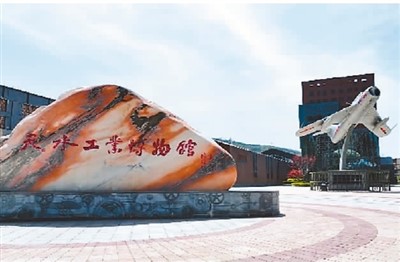
A photo shows Tianshui Industrial Museum, which is built on the site of a former factory in Tianshui city, northwest China's Gansu Province. (Photo courtesy of the Tianshui Industrial Museum)
Taoxichuan has increasingly become a magnet for young people across China and hosts international art exhibitions and cultural exchange events.
Zhu Yihou, a young man from south China's Hainan Province, was so captivated by Jingdezhen when he visited in 2019 that he decided to stay, immersing himself in the art of ceramic production. He now runs a ceramic studio in the city and sells his handmade products at a creative porcelain market in Taoxichuan, alongside a vibrant community of similar vendors.
Zhu views the market as more than just a place to sell his products; it's a space for exchanging experiences with fellow artisans and gaining valuable feedback from tourists on his ceramic creations.
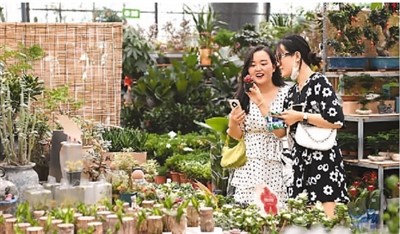
Customers buy flowers at a cultural and creative park, repurposed from a former towel factory in Yanta district, Xi'an, capital of northwest China's Shaanxi Province. (Xinhua/Liu Xiao)
Taoxichuan is actively attracting young people to start their own businesses. Liu Zili, chairman of Jingdezhen Ceramic Culture Tourism Holding Group Co. Ltd., a company that manages Taoxichuan, hopes to turn the park into a paradise for young craftspeople and facilitate interaction among them, designers, and artists.
At the second national industrial heritage summit held in Jingdezhen in late April this year, experts shared additional examples of how to protect and utilize industrial heritage sites across the country according to their characteristics.
For instance, Zhao Hongxue, representing Beijing Shougang Construction Investment Co., Ltd., discussed the Xishi Winter Olympics Square renovation. This initiative successfully fused industrial heritage with Olympic themes by renovating a former industrial zone of Chinese steelmaker Shougang Group in Beijing's Shijingshan district.

A kiln exhibit at the Jingdezhen Heritage of Ceramic Industry Museum in Jingdezhen city, east China's Jiangxi Province. (People's Daily Overseas Edition/Zhao Xiaoxia)
The Tianshui Industrial Museum, built on the former site of a factory in Tianshui city, northwest China's Gansu Province, preserves the original architectural structure of the old factory and showcases the past, present and future of the city's industrial development, said Feng Zhenwen, a representative of the museum. Now, it has become a new landmark for the city.
Experts at the summit stressed the necessity of balancing heritage conservation and social development. To date, China's Ministry of Industry and Information Technology (MIIT) has listed 194 national industrial heritage sites.
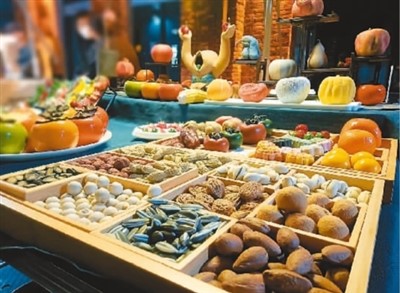
A photo shows ceramic products made by Zhu Yihou, a young man who runs a ceramic studio and sells his creations at a creative porcelain market in Taoxichuan, a renovated industrial heritage site in Jingdezhen city, east China's Jiangxi Province. (Photo courtesy of Zhu Yihou)
Currently, China primarily repurposes industrial heritage sites by transforming them into creative industrial parks, modern art districts, museums, and recreational facilities.
At the second national industrial heritage summit, experts introduced the application of digital technologies, such as digital twin technology, in the preservation and utilization of industrial heritage sites, sparking fresh ideas to better protect and develop industrial heritage.
Photos
Related Stories
Copyright © 2023 People's Daily Online. All Rights Reserved.







